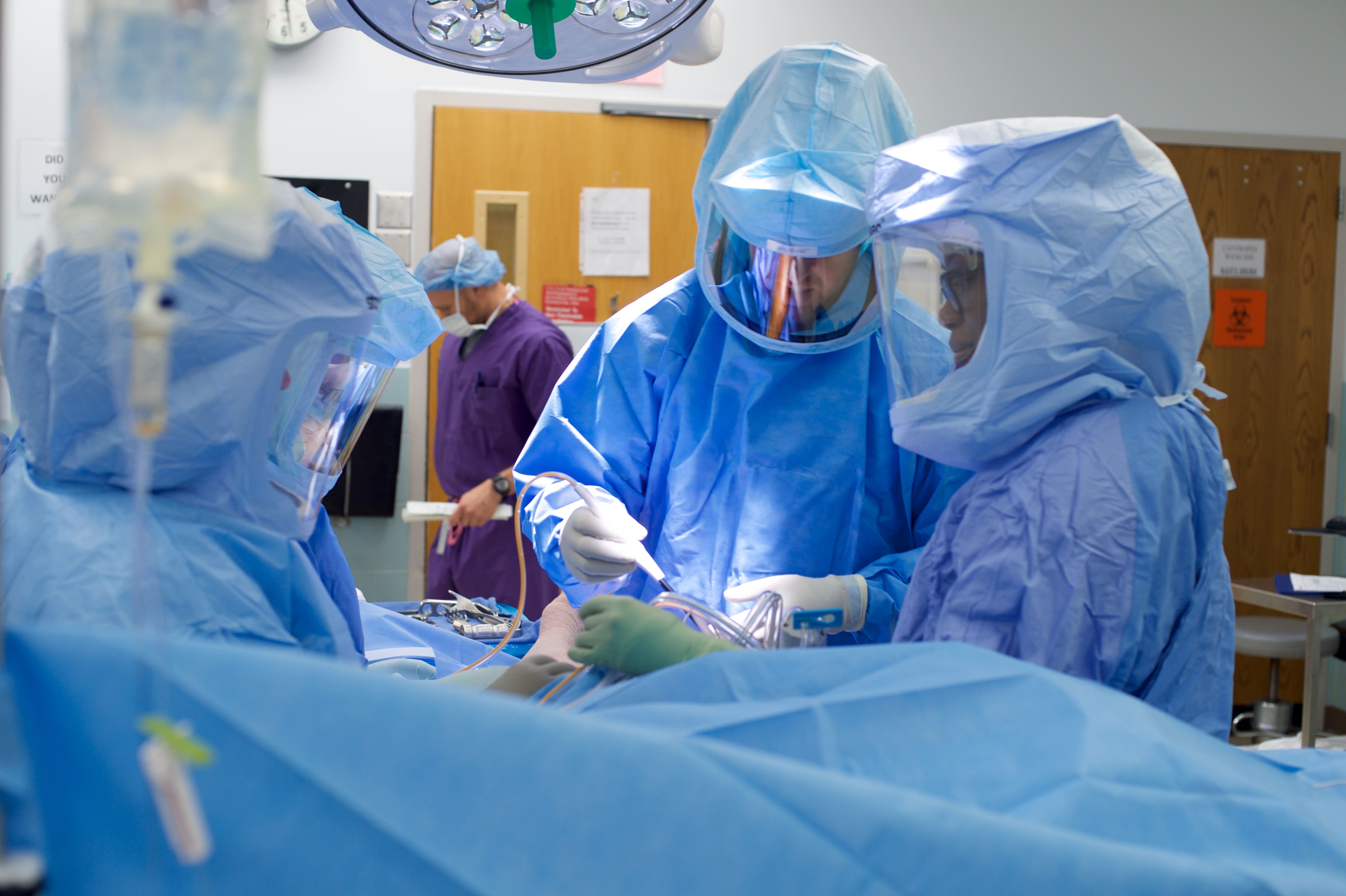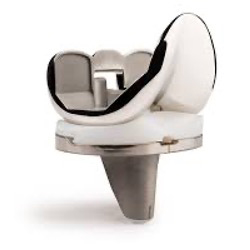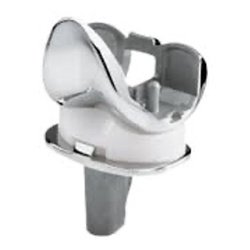
Total Knee Arthroplasty (TKA) is a surgical procedure to replace your knee with new, artificial parts consisting of metal and plastic. This is considered to be a joint resurfacing surgery as only the surfaces of the bones are replaced. This resurfacing occurs in FOUR steps:
- The damaged articular surfaces at the end of the tibia and femur are removed as well as a small amount of bone.
- The new metal components are placed and cemented at the end of the femur and tibia to recreate the new surface for the joint.
- The undersurface of the patella (kneecap) is cut and resurfaced with a patella button, if needed. There are times when this is not performed if there are no areas of bone degeneration noted.
- A plastic spacer is inserted between the new metal components to create a smooth, gliding surface.


Learn more about knee replacement surgery.
Before Surgery
The condition of your knee before surgery affects the outcome of your knee replacement surgery. The more motion, function and strength in your knee before surgery the better your gains in motion and function after surgery. We focus on maximizing your motion, function and strength over a 4–6-week period prior to surgery.
Once you, your doctor and therapist determine that you are ready to undergo knee replacement surgery, a surgery request is given to the surgery scheduler. The scheduler will work with you on a surgery date and will also schedule a “talk and test” appointment prior to surgery. At that appointment, you and your caregiver will be educated in the surgery itself, review your exercises and discuss post-op expectations.
In addition, you will be referred to a hospitalist here at Community East Hospital for final medical clearance. This will be done approximately two weeks prior to your surgery date. At that appointment, the hospitalist will order blood work, a chest X-ray, and ECG. The hospitalist will also follow you medically during your hospital stay.
After Surgery
Following surgery, you will have an overnight stay at the hospital. Upon discharge, you will either return home or go to a rehab facility. Our focus during the first week at home is to control your pain and swelling and to maximize your range of motion. This is achieved with use of TED hose, a continuous passive motion machine and a cryocuff for icing, along with daily exercise and bedrest with limited walking (bathroom privileges only).
This process, together with our use of anti-inflammatory medications, minimizes the need for narcotic pain medications. In fact, our patients recover from knee replacement surgery with less pain and take 81% less narcotic pain medication on the first day after surgery compared with traditional pain management programs. Formal physical therapy will begin one week after surgery.
